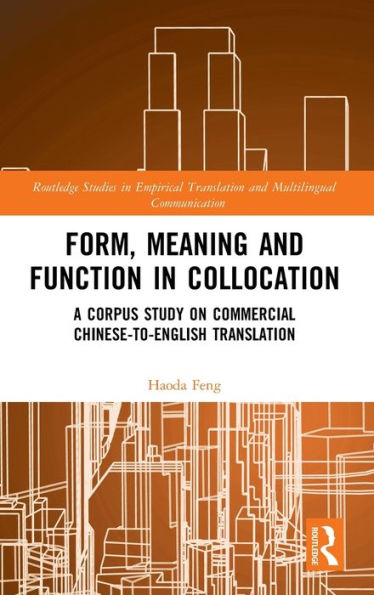Nevertheless, the role of collocation has not been given enough attention or discussed systematically in TS and, to date, there are hardly any translation theorists who have clarified the mechanism of collocation in TS, by which translators acquire receptive and productive knowledge of collocations in their L2. In addition, previous research in this area is largely confined to Indo-European languages, resulting in a lack of empirical evidence involving Asian languages. This book therefore attempts to bridge the gap in the literature and constitute an integral part in the research area.
Nevertheless, the role of collocation has not been given enough attention or discussed systematically in TS and, to date, there are hardly any translation theorists who have clarified the mechanism of collocation in TS, by which translators acquire receptive and productive knowledge of collocations in their L2. In addition, previous research in this area is largely confined to Indo-European languages, resulting in a lack of empirical evidence involving Asian languages. This book therefore attempts to bridge the gap in the literature and constitute an integral part in the research area.

Form, Meaning and Function in Collocation: A Corpus Study on Commercial Chinese-to-English Translation
198
Form, Meaning and Function in Collocation: A Corpus Study on Commercial Chinese-to-English Translation
198Hardcover

Product Details
| ISBN-13: | 9780367321307 |
|---|---|
| Publisher: | Taylor & Francis |
| Publication date: | 04/16/2020 |
| Series: | Routledge Studies in Empirical Translation and Multilingual Communication |
| Pages: | 198 |
| Product dimensions: | 6.12(w) x 9.19(h) x (d) |
